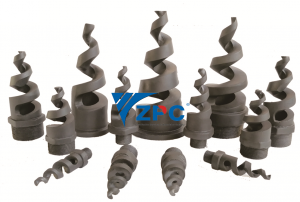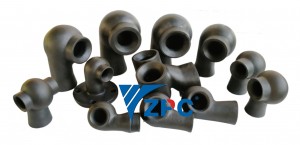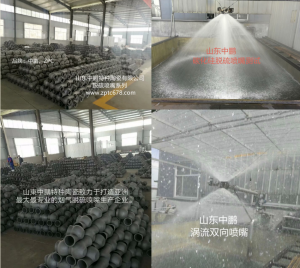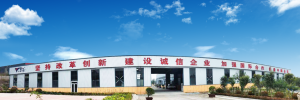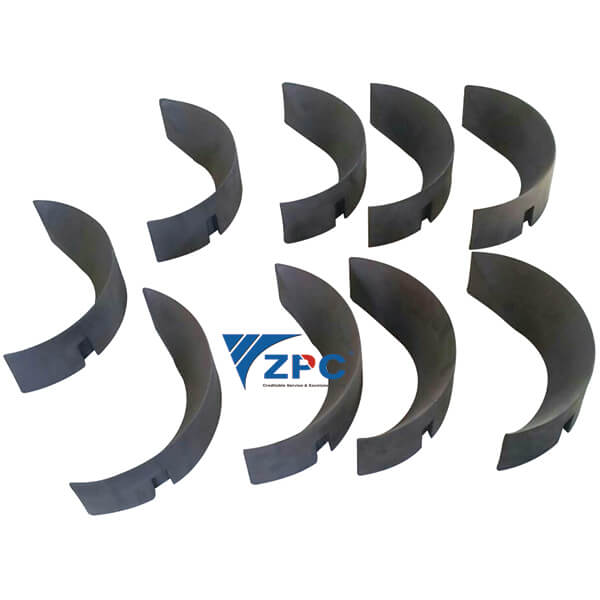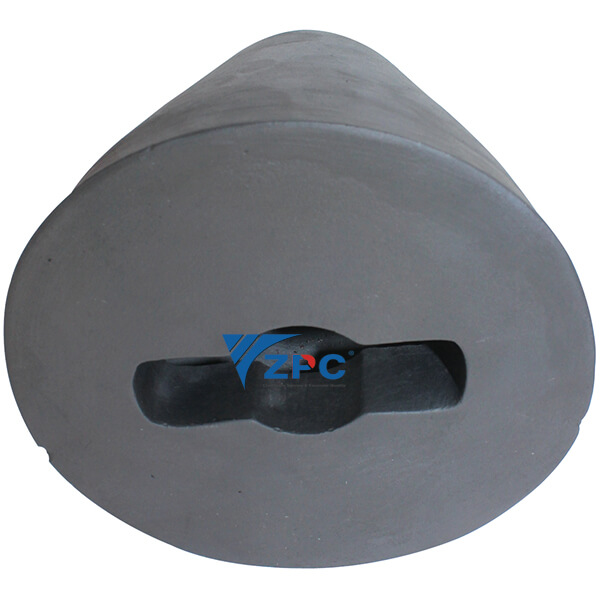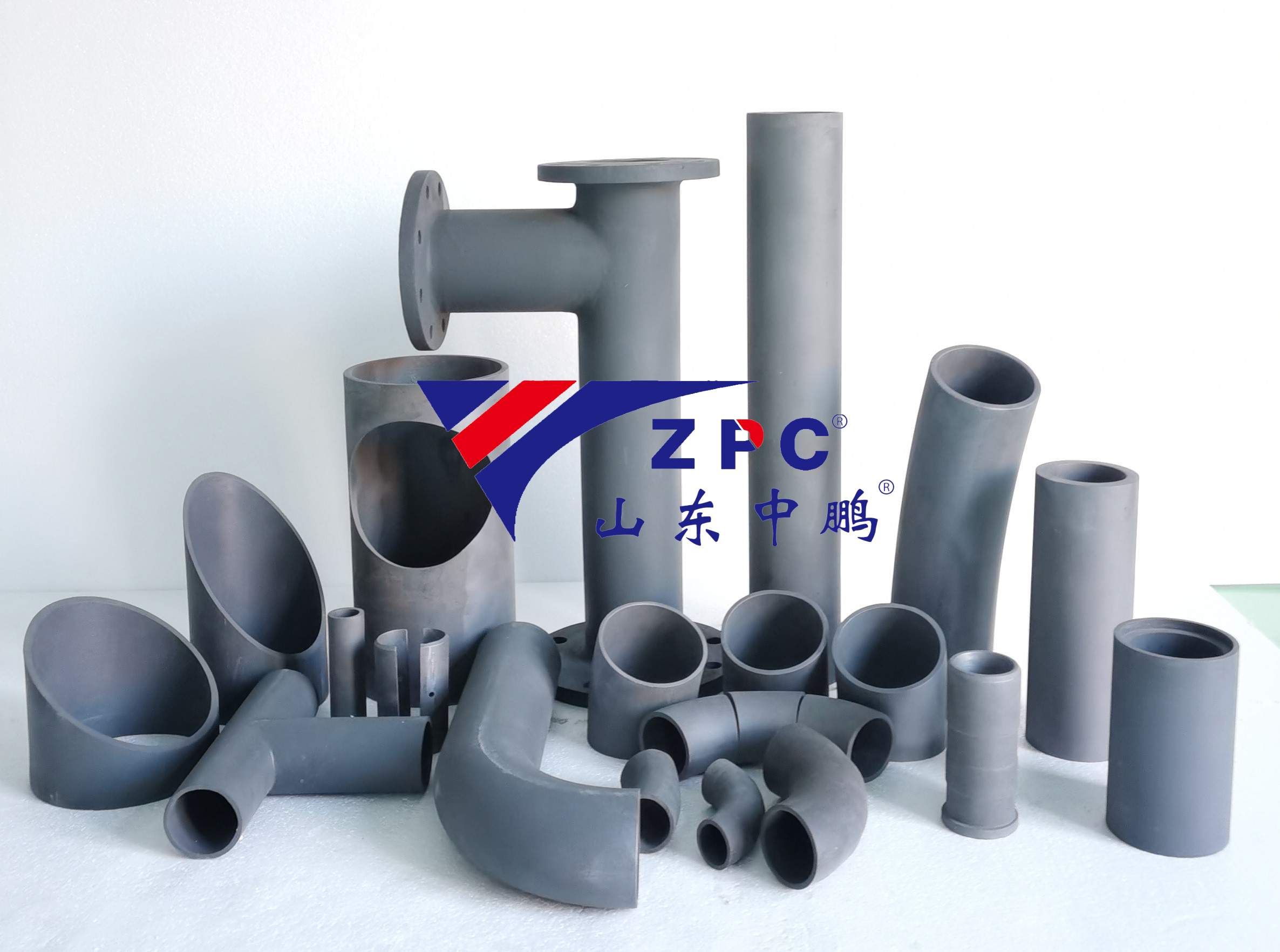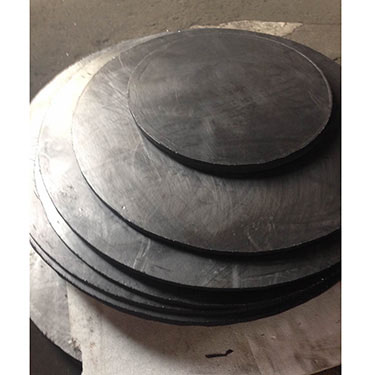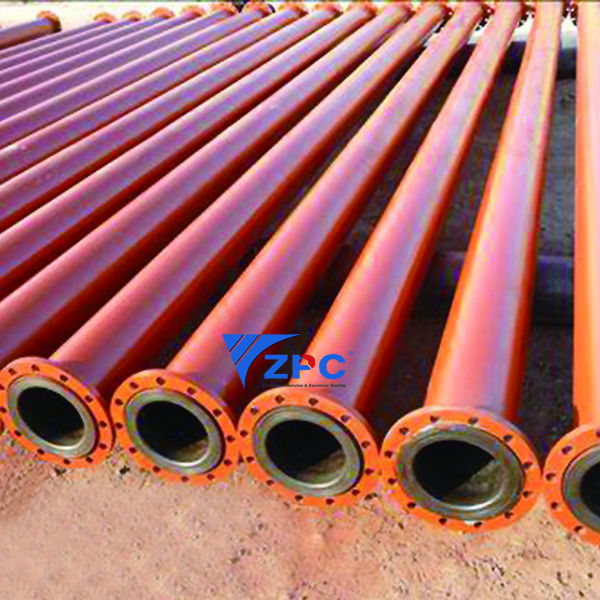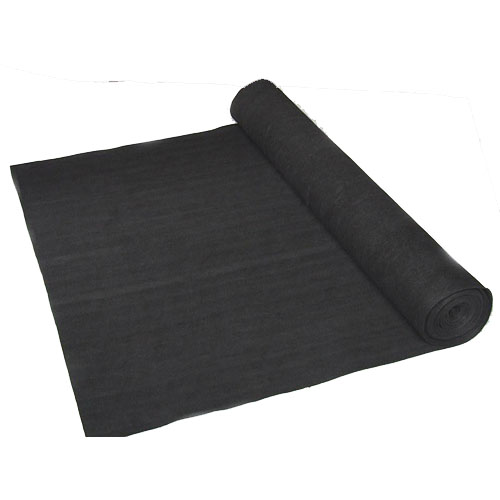High reputation Batt For Ceramic Kin - FGD Silicon carbide sprial nozzles – FGD by Ammonia – ZhongPeng
High reputation Batt For Ceramic Kin - FGD Silicon carbide sprial nozzles – FGD by Ammonia – ZhongPeng Detail:
Flue gas desulfurization (FGD) systems using lime or limestone as the chemical reagent are widely used throughout the world for SO2 emissions control at coal-fired power plants. Ammonia-based systems, however, are emerging as a viable alternative to address limitations with respect to liquid and solid waste generation and handling. Efficient Ammonia-Based Desulfurization Technology (EADS) does not generate any liquid waste streams or undesirable solid byproducts that require disposal; rather, the closed-loop process produces a salable ammonium sulfate fertilizer byproduct which can reduce more than 50 percent of the operating cost.
WET FLUE GAS DESULFURIZATION WITH LIME/LIMESTONE SLURRY
Our products have a long service life, which is the same as the famous international brands: SPRAY, BETE, LECHLER.
Features
Desulphurisation efficiency above 99% can be achieved
Availability of over 98% can be achieved
Engineering not dependent on any specific location
Marketable product
Unlimited part load operation
Method with largest number of references in the world
| Property | Value |
|---|---|
| Density (kg.m-3) | 3030 |
| Apparent Porosity (%) | 0 |
| Young’s Modulus (GPa) | 400 |
| Bend Strength (MPa) | 390 |
| Hardness (VHN) | 2500 |
| Thermal Expansion Coefficient (x 10-6/ºC) | 4.3 |
| Thermal Conductivity (W/m.K) | 145 |
| Maximum Use Temperature (ºC) | 1375 |
Purification of flue gas by lime suspension
For the wet desulphurisation of flue gas, it is passed through an absorber (scrubber). The lime suspension offered in the absorber (limestone or lime milk) reacts with the sulphur dioxide from the flue gas. The better the mass transfer, the more effective the desulphurisation is.
Simultaneously with the absorption, the flue gas is saturated with water vapour. The so-called “clean gas” is usually discharged via a wet chimney or cooling tower. The water thus lost for the process must be replaced. The lime slurry pumped in circulation is kept chemically active by repeatedly draining a saturated partial flow and replacing it with new reactive suspension. The drained part flow contains gypsum, which – simplified – is a reaction product of lime and sulphur and can be marketed after dewatering (e.g. for gypsum walls in the construction industry).
Special ceramic nozzles are used to inject the lime suspension into the absorber. These nozzles form many small droplets from the pumped suspension and thus a correspondingly large reaction surface for good mass transfer. The ceramic material permits long service life despite the fact that lime suspension with gypsum content has abrasive properties. In the design we attach great importance to free cross-sections, so that smaller impurities in the suspension cannot set the nozzles. For economical operation, these nozzles can be adapted to the highest efficiency range of the pump. A nozzle can be specified for (almost) every process engineering challenge. In addition to full-cone and hollow-cone nozzles in various spray angles and flow rates, the ZPC nozzle with patented twist compensation is also available.
The absorption zone consists of several levels of nozzles and a horizontally installed droplet separator system, in order to return the fine droplets carried along in the gas stream to the process. With our high performance droplet separators you can increase the efficiency of your plant.
The solids in the suspension can lead to deposits, e.g. in the droplet separator, in the inlet duct or on pipes, which can lead to problems in operation. Since water is always withdrawn from the circuit through evaporation, water must be fed into the absorber, which can and should be used for cleaning. ZPC tongue nozzles have proven themselves for cleaning the flue gas inlet. ZPC full cone nozzles are usually used for cleaning the droplet separators.
Plastics (e.g. for pipelines) and rubber (e.g. gaskets, rubber linings, etc.) are often used in an absorber whose temperature resistance is lower than the temperature of the uncooled flue gas. Normally, the suspension pumped in a circuit cools the flue gas sufficiently, but if, for example, the feed pump is suspended, the plastics and rubbers could be destroyed. Small special-alloy metal nozzles have proven their worth here, which take over cooling during this time and thus protect the investment of the flue gas desulphurisation plant.
Reaction bonded silicon carbide (SiSiC): Moh’s hardness is 9.2, with excellent resistance to erosion and corrosion, excellent abrasion-resistance and anti-oxidation. It is 4 to 5 times stronger than nitride bonded silicon carbide. The service life is 7 to 10 times longer than alumina material. The MOR of RBSiC is 5 to 7 times that of SNBSC, it can be used for more complex shapes.
Product detail pictures:
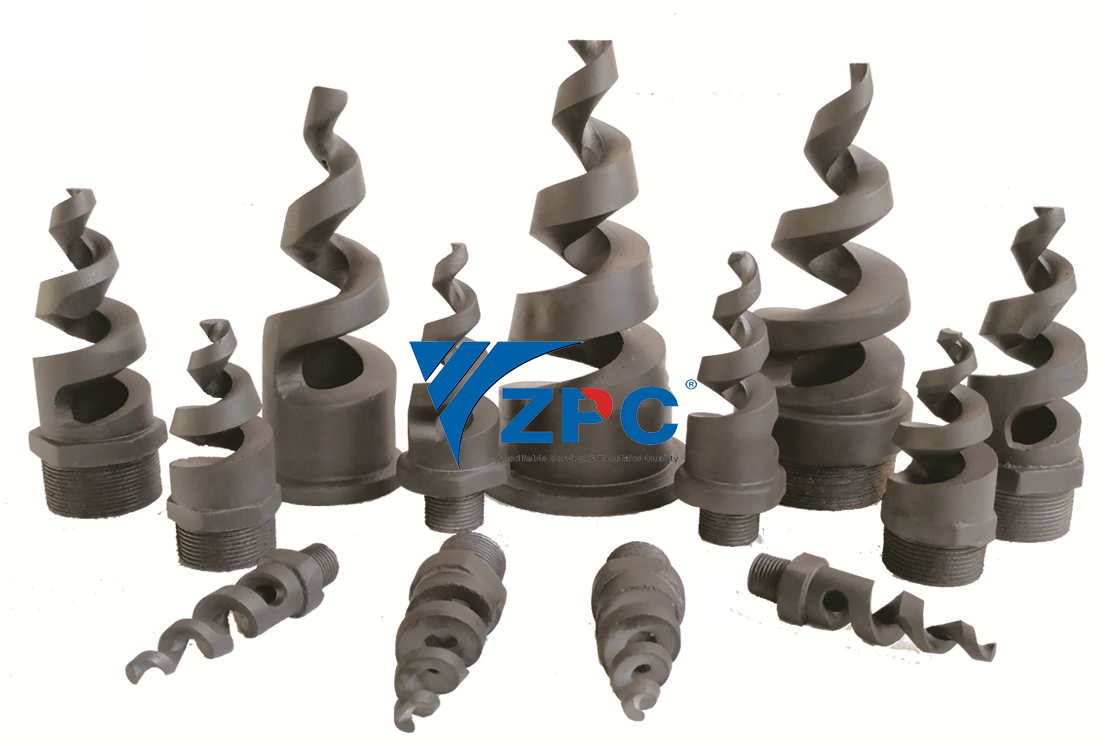
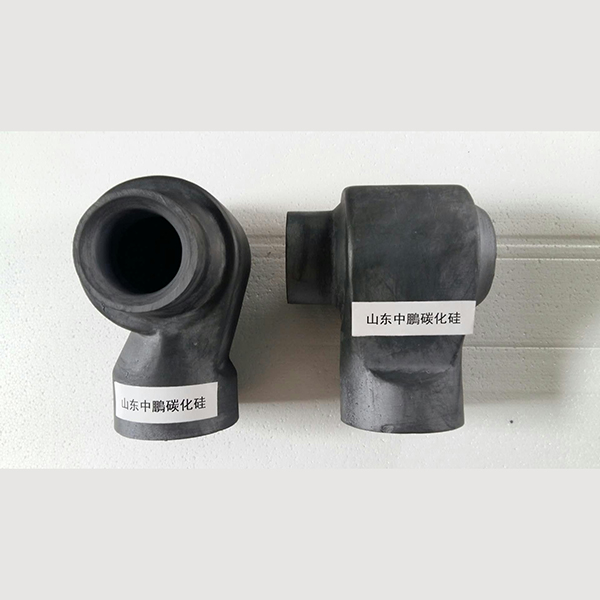
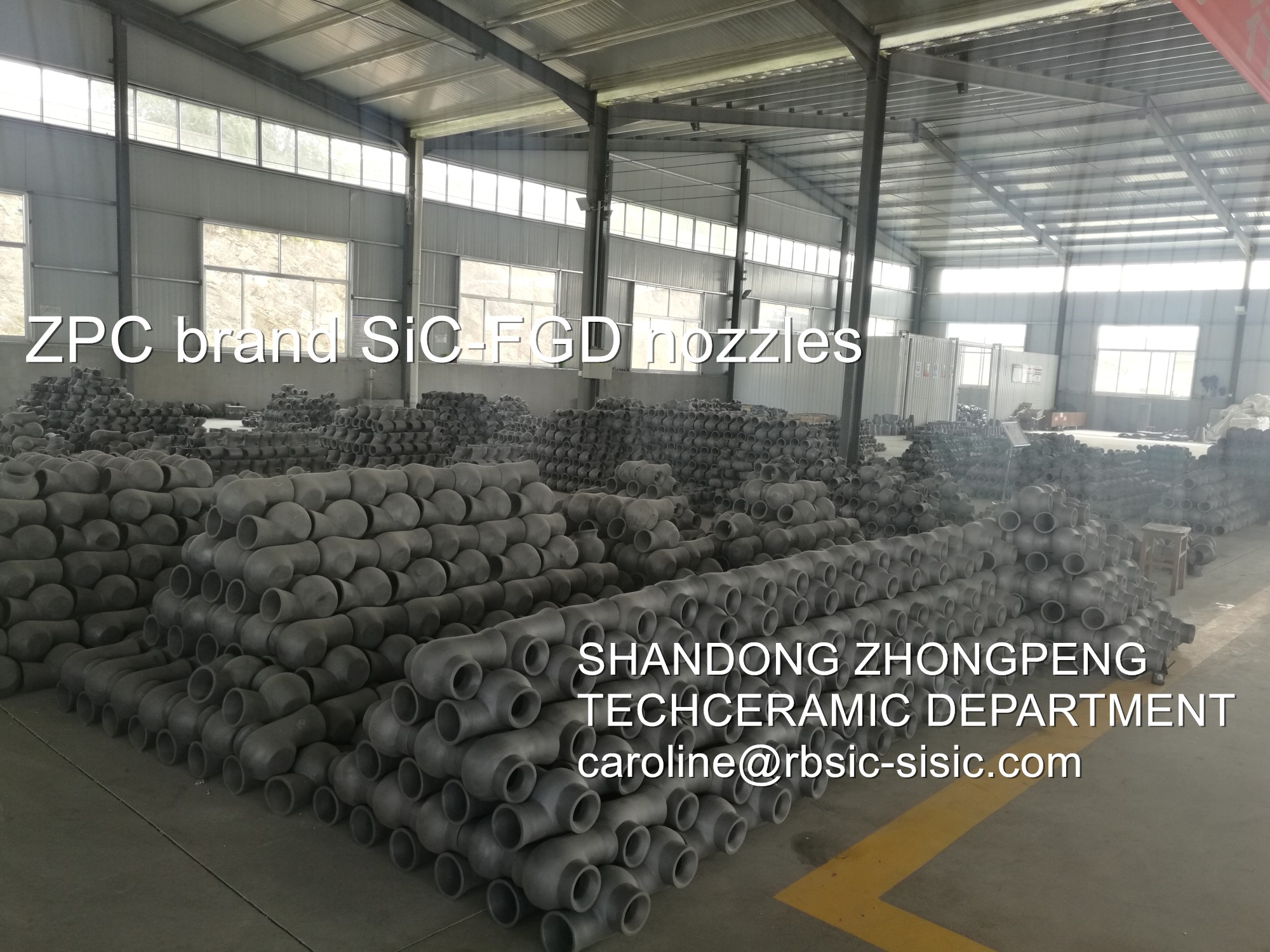
Related Product Guide:
Understanding of Metal Tubing within Ceramic lining
Silicon Carbide Ceramics for Industry
High reputation Batt For Ceramic Kin - FGD Silicon carbide sprial nozzles – FGD by Ammonia – ZhongPeng, The product will supply to all over the world, such as: , , ,
Shandong Zhongpeng Special Ceramics Co., Ltd is one of the largest silicon carbide ceramic new material solutions in China. SiC technical ceramic: Moh’s hardness is 9 (New Moh’s hardness is 13), with excellent resistance to erosion and corrosion, excellent abrasion – resistance and anti-oxidation. SiC product’s service life is 4 to 5 times longer than 92% alumina material. The MOR of RBSiC is 5 to 7 times that of SNBSC, it can be used for more complex shapes. The quotation process is quick, the delivery is as promised and the quality is second to none. We always persist in challenging our goals and give our hearts back to society.
